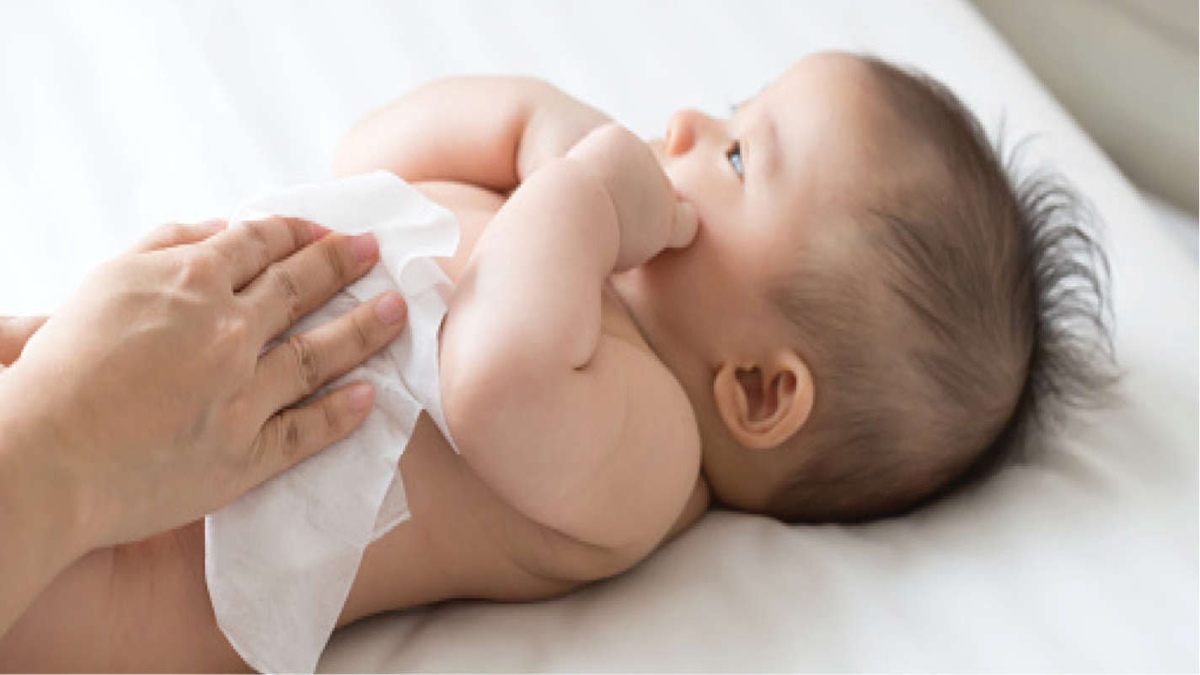
Baby wipes are an essential part of life for families with babies. A baby’s sensitive skin requires only the best of products which is why choosing the right kind of baby wipes is significant. In the recent past, baby wipes have emerged as a major category in the FMCG sector. What was a nascent segment about 10 years ago is now a preferred one especially for millennial parents who are concerned about their baby’s sensitive skin. To avoid rashes, many prefer using baby wipes because of the associated benefits such as improved absorbent fabrics which help in cleaning and reducing bacteria on the baby skin and offer a reduced risk of infection and skin irritation.
According to a market research provider, the size of the baby wipes category increased from a little over Rs 100 crore in 2014 to around Rs 270 crore in 2018. While hygiene and convenience are vital consumer needs driving adoption, it is the increasing availability and access powered by more affordable price-points and e-commerce that is helping expand penetration of the wipes market.
The global baby wipes market size was valued at $4.6 billion in 2019 and is expected to grow at a compound annual growth rate (CAGR) of 5.2% from 2020 to 2027. Rising consumer expenditure on baby care products and growing per capita income of women workforce are the key factors fuelling the market growth around the globe.
In India, the wet wipes market is anticipated to witness robust growth until 2025 owing to the rising awareness around health and hygiene. Moreover, the pandemic has created a high demand for disinfectant products in India. The spike in cases of Covid-19 is acting as a major factor for the growth of the wet wipes market. Additionally, manufacturers are also coming up with a more enhanced product that is gaining traction in the Indian market. Furthermore, the demand for wet wipes is also high under personal care, especially for babies. As sanitisation is the most effective way of avoiding the transmission of coronavirus, the demand for wet wipes is expected to rise during the forecast period.
The Indian wet wipes market can be segmented based on application, technology, distribution channel, and region. Based on application, the market is segmented into personal care and hygiene.
When it comes to the science behind the use of wipes on a baby’s skin, there are a host of factors that have to be considered. There are millions of bacteria, fungi, viruses, and other microbes that together form the skin microbiome. In the very early stages of the baby’s skin development, the microbiomes are highly vulnerable to multiple influences. It is, therefore, important to preserve and promote the natural development of the baby’s skin microbiome to enhance health.
The skin around a baby’s nappy area is exposed to wetness constantly. This part of the skin also has more folds and creases than other areas, which means it can be somewhat challenging to clean it thoroughly. Skin irritation in the diapered area is one of the most common skin disorders found among babies, with the highest incidence at 9-12 months of age. Prolonged exposure to urine, faeces, constant friction, maceration, and humidity are the main reasons that cause skin irritation in the diapered area.
Also, proteolytic enzymes like – amylases, lipases in the faeces further causes irritation. The most important factor in an infant’s skin is to maintain a healthy skin barrier which is a mantle made up of intact and healthy skin epidermal layer and natural moisturising factors.
This is why baby wipes with ingredients like water that are safe and mild on the skin play an important role to ensure cleansing while minimising skin irritation and discomfort.
It is, however, challenging to formulate a wipe that has water as its main ingredient. These days, there is a range of chemicals found in baby wipes. Surfactants like Hydrogenated castor oil, Cetearyl Alcohol, preservatives like Benzoic Acid, skin conditioning agents like panthenol, emollients like Caprylyl Glycol, emulsifiers like Polysorbate, some fragrance allergens as well as humectants like Glycerine are commonly found in wipes in differentiating quantities. Besides, since water alone is not enough to effectively eliminate water‐insoluble residues, wipes must also contain some skin‐benefiting ingredients that cleanse as well as reduce frictional damage.
It is not just for cleaning urine and faeces that wipes are used. They are also commonly used to clean babies during times when the weather is hot, dusty, and sweaty leaving the baby extremely uncomfortable. Wiping also helps deal with sweat that has clogged the pores of the baby’s delicate skin and to keep the baby free of dust while moisturising and soothing the skin.
All in all, it is important to be extremely selective and well informed while choosing baby wipes. Picking products with as few ingredients as possible can result in less potential microbiome interference.
There are a host of wipes available in the Indian market. WaterWipes contains just two ingredients — 99.9% high purity water and 0.1% Fruit Extract. They are considered to be one of the purest baby wipes. Others are Himalaya Herbal baby wipes which contain 20 ingredients and are delicate on the baby’s skin. The key ingredients in these wipes are Indian lotus and aloe vera. Huggies Wipes are known for their durability and quality. Johnson’s Baby Wipes contain 14 ingredients and are soap and alcohol-free.
But among the variety available in the market, it is important for parents to be extremely selective and well informed while choosing baby wipes. Picking products with as few ingredients as possible can result in less potential microbiome interference.
The writer is a Dermatologist, Bhatia Hospital, Mumbai.